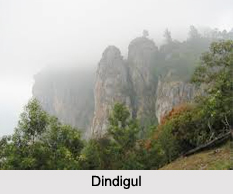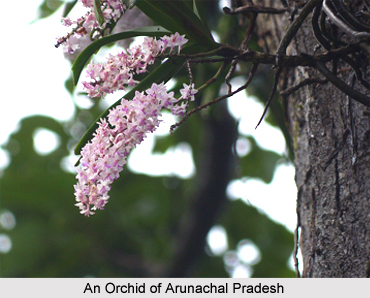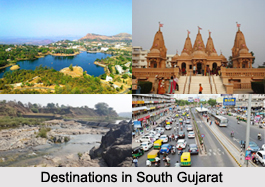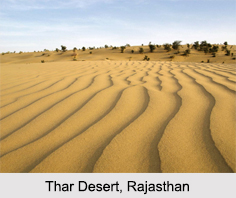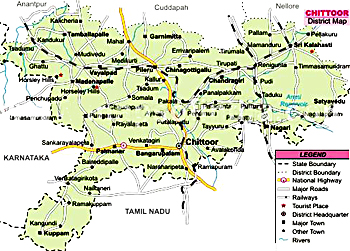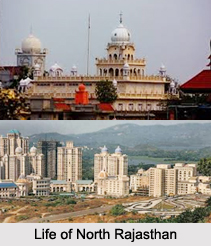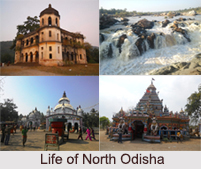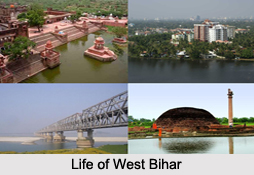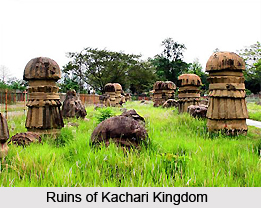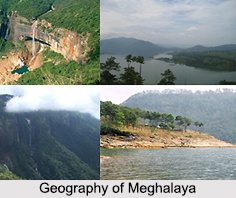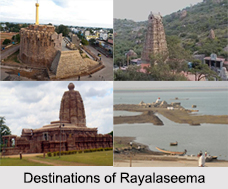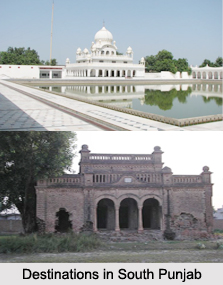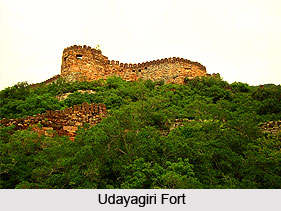 Vilavancode struggle was subsequently followed by the Kalakulam struggle. In the Vilavancode Taluk region, the Nairs stopped the Christians from going to Church and preaching discourses. Those who would go against their order were told that the Church and their residence would be set on fire. However, this matter was reported to the Reader of the Church. Many Nadars were beaten and tortured. Some women had their jackets torn while they went to the market. They were even threatened by the Nairs for violating the customs. These ladies went back home and returned with broom-stick as the weapon in their hands. Their men followed them with stick and other weapons.
Vilavancode struggle was subsequently followed by the Kalakulam struggle. In the Vilavancode Taluk region, the Nairs stopped the Christians from going to Church and preaching discourses. Those who would go against their order were told that the Church and their residence would be set on fire. However, this matter was reported to the Reader of the Church. Many Nadars were beaten and tortured. Some women had their jackets torn while they went to the market. They were even threatened by the Nairs for violating the customs. These ladies went back home and returned with broom-stick as the weapon in their hands. Their men followed them with stick and other weapons.
The Vilavancode struggle culminated in an attempt to kill the messenger Charles Mead. On 3 January 1829, his house was planned to be attacked by the Nairs. Charles came to know of their evil plan and it was informed to Captain Sibald who was in Udayagiri Fort at that time. Captain Sibald rescued the life of Charles Mead.
Nair settlements were concentrated highly in the region of Vilavancode and that was how they could impose their wishes on the Nadars and Christians. These incidents prove that the Nairs wanted to wipe out Christianity from its root so as to keep up their supremacy. As the Nairs were getting infuriated on the breach of their wishes they resorted to physical and mental torture of the Nadars and the Christians.
This article is a stub. You can enrich by adding more information to it. Send your Write Up to content@indianetzone.com







